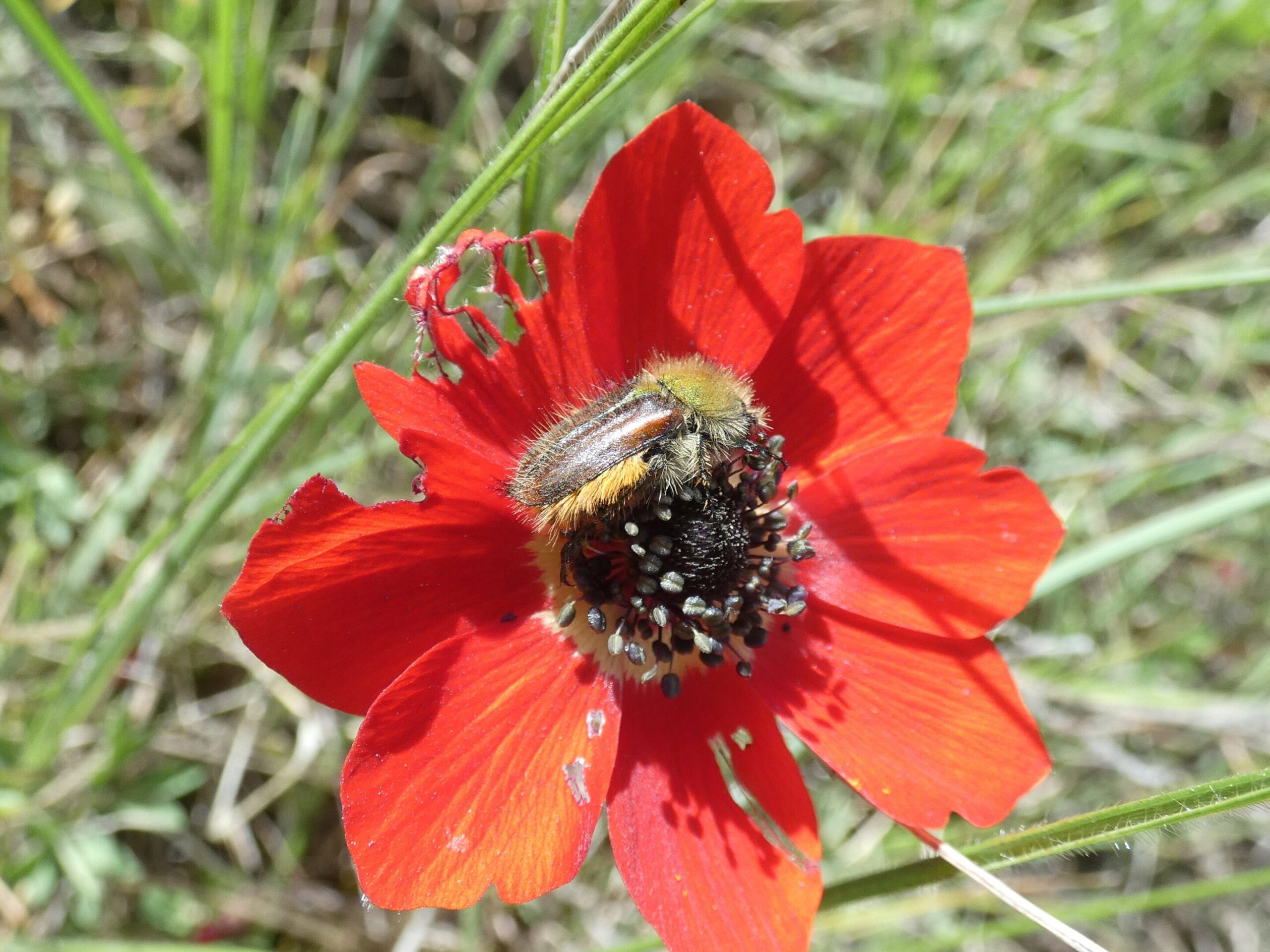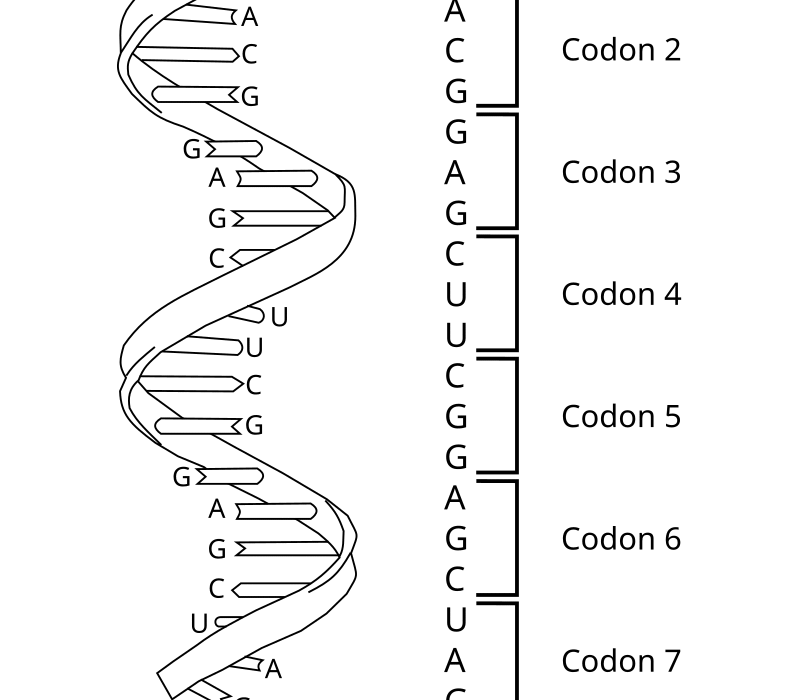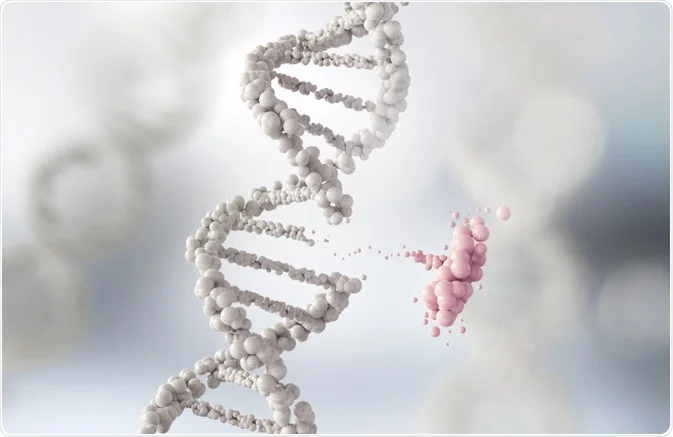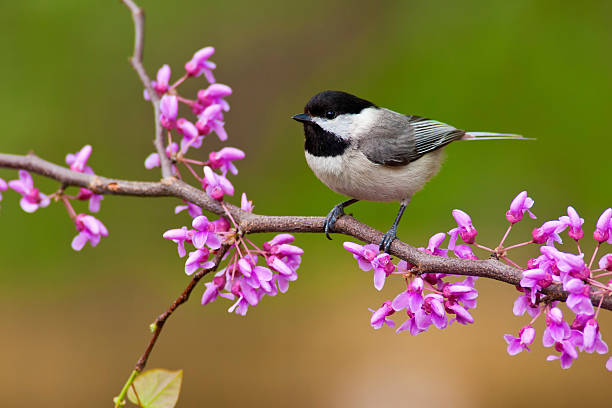In the sun-drenched wildflower fields of the eastern Mediterranean, a quiet revolution in our understanding of vision is taking place. Among the poppies, buttercups, and anemones, tiny scarlet-dusted beetles are shattering a long-held belief in science: that insects, with a few rare exceptions, are blind to the color red.
For decades, biologists believed that most insects couldn’t see red. Bees, flies, and most other pollinators respond to ultraviolet, blue, and green wavelengths—leaving the fiery spectrum of red lost to their compound eyes. Red flowers, we thought, lured them in by reflecting ultraviolet light invisible to us, not by displaying actual red hues.
But in a newly published study in the Journal of Experimental Biology, researchers from Germany, Slovenia, and the Netherlands have unveiled a striking exception. Two Mediterranean beetles—Pygopleurus chrysonotus and Pygopleurus syriacus—can, in fact, see red. Not only that, but they seem to prefer it.
A Crimson Attraction
The discovery began in the poppy fields of southern Europe, where entomologists noticed an unusual pattern. While bees were dutifully buzzing around bluebells and daisies, certain beetles—metallic and slow-moving—were visiting red blooms again and again. Curious, the researchers set out to answer a provocative question: were these beetles truly attracted to red, or was something else happening?
“To our knowledge, we are the first to have experimentally demonstrated that beetles can actually perceive the color red,” said Dr. Johannes Spaethe, a zoologist at the Biocentre of Julius-Maximilians-Universität (JMU) Würzburg in Bavaria, Germany.
Working alongside Dr. Elena Bencúrová from JMU’s Chair of Bioinformatics and scientists from the Universities of Ljubljana and Groningen, Spaethe’s team used a combination of electrophysiology, behavioral testing, and fieldwork to solve the mystery.
Seeing Through Beetle Eyes
Under high-powered equipment, the researchers measured the electrical responses of photoreceptor cells in the beetles’ retinas. What they found was extraordinary: these two Pygopleurus species have four types of photoreceptors—one each for ultraviolet, blue, green, and deep red light.
That final receptor, sensitive to long-wavelength red, sets them apart from almost every other known insect.
In controlled behavioral experiments, the beetles consistently chose red-colored targets over others, even when brightness was held constant. They weren’t simply following scent or contrast—they were seeing red, and they were choosing it.
“They showed a clear preference,” said Spaethe. “This was true color vision, not just a reaction to light intensity.”
Rethinking Flower Evolution
This revelation does more than add a surprising detail to our understanding of beetle biology. It could also shift how we think about the evolution of flowers themselves.
The long-standing belief in pollination ecology is that flowers evolved to match the visual capabilities of their pollinators. Bees can’t see red, so red flowers were assumed to evolve to attract birds or to use UV signals to draw in bees despite their limited color range.
But what if some flowers evolved for beetles that can see red? What if the visual systems of beetles helped shape the riot of colors we see in Mediterranean landscapes today?
The Glaphyridae family, to which these red-seeing beetles belong, includes three genera—Eulasia, Glaphyrus, and Pygopleurus—each with its own curious preference for flower colors ranging from violet and white to yellow and red. That diversity, the researchers argue, suggests a flexibility in both color vision and behavior that could have helped drive the evolution of diverse flower colors in the region.
“The prevailing opinion is that flower colors adapt to pollinators,” Spaethe explained. “But our study opens the door to a different question: Have beetles, too, evolved their vision to better find the flowers they need?”
A New Model for Pollination Research
The Mediterranean basin, often called a global hotspot for plant biodiversity, may now offer more than beautiful scenery—it may also serve as a laboratory for exploring how vision and evolution go hand in hand.
The research team believes that the Glaphyrid beetles offer a promising new model system for studying visual ecology. Because of their clear, varied color preferences and their unusual ability to perceive red, these beetles could help scientists untangle the complex evolutionary dance between plants and their pollinators.
It’s a field of research ripe for rediscovery. Until now, the role of beetles in pollination has often been overshadowed by bees, butterflies, and hummingbirds. But beetles were likely among the first pollinators to visit flowers—long before bees evolved. And now, thanks to this study, we know that some of them may be seeing the world in far more color than we once believed.
A Brighter World Than We Imagined
The discovery is not just a footnote in insect vision—it’s a humbling reminder that nature still holds secrets, even in the smallest eyes.
Where humans once assumed simplicity, the beetles of the eastern Mediterranean reveal complexity. Where science once saw limitation, it now sees possibility. These ancient pollen-eaters are not colorblind foragers blindly stumbling into petals—they are visual explorers, navigating a palette of blooms with surprising clarity.
And in a time when many insect species are under threat from habitat loss and climate change, understanding their sensory worlds could be key to protecting them—and the flowers they help reproduce.
The next time you walk past a poppy and see a glint of beetle among the petals, consider this: You may be seeing the world through red-tinted lenses. And you won’t be alone.
Reference: Gregor Belušič et al, Remarkable red colour vision in two Mediterranean beetle pollinators, Journal of Experimental Biology (2025). DOI: 10.1242/jeb.250181






